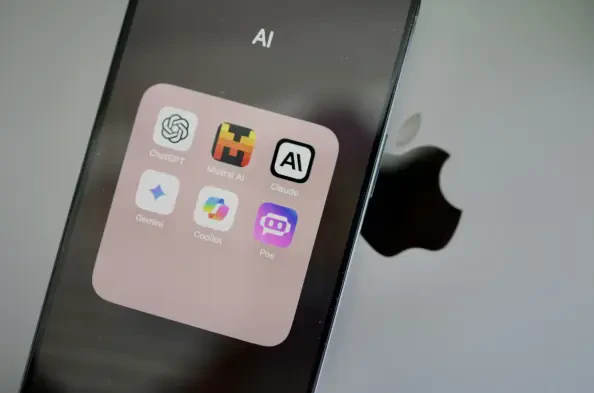In a technological era where efficiency is prioritized, Microsoft 365 Copilot stands out as a groundbreaking virtual assistant, integrating artificial intelligence into widely-used office applications. With its ability to draft documents, organize data, and provide synthesized information, it is positioned to transform how businesses operate. Recently, however, a critical vulnerability named EchoLeak has cast doubt on its secure functionality, highlighting the complexities of AI-driven tools in corporate environments.
Analyzing Microsoft 365 Copilot and Its Vulnerabilities
Grounding itself in AI and machine learning, Microsoft 365 Copilot consists of principal components like Retrieval Augmented Generation (RAG) and uses large language models (LLMs) to augment its capabilities. These integrations enable the tool to personalize responses by retrieving reliable information from Microsoft Graph. Though its functionalities enhance workplace efficiencies, the foundation of these technologies now contributes to its vulnerabilities, which researchers from Aim Labs recently underscored with their discovery of EchoLeak.
EchoLeak exploits inherent design flaws specific to RAG Copilot applications. The identified zero-click vulnerability uses large language model scope violation to enable attackers to access and exfiltrate sensitive corporate data without user interaction. The exploit involves several bypass techniques, compromising the integrity of organizational data. Primarily focused on the tool’s data retrieval process, such attacks showcase the vulnerability’s potential reach within the structure’s existing protection mechanisms.
Functional Highlights and Security Concerns
Microsoft 365 Copilot employs RAG to improve its responsiveness, drawing relevant information from users’ stored data to create seamlessly personalized outputs. Integrating this with Microsoft Graph offers significant advantages by enabling precise response generation rooted in stored interactions and user data. Nonetheless, despite these performance-enhancing features, they also represent exploitable touchpoints that EchoLeak has exposed.
The Copilot vulnerability demonstrates multiple layers of potential security risks, wherein attackers bypass crucial safeguards via markdown syntax and redaction bypasses to exfiltrate sensitive data. Notably, it alters the assumption of user-centric security, moving towards exploiting systematic loopholes. By focusing on image inclusion and rewriting links, EchoLeak effectively bypasses standard cross-prompt injection attack classifiers and content-security policies, indicating the multilayered approach attackers can employ.
Conclusion and Future Steps
The discovery of the EchoLeak vulnerability has profound implications for the future development and enhancement of AI-enabled productivity tools like Microsoft 365 Copilot. Microsoft’s recent patching of the vulnerability underscores the essential need for proactive security strategies in tandem with technological advancements. As organizations increasingly adopt such tools, examining both their potential innovations and inherent risks remains vital for secure and efficient integration. Prioritizing advancements in security measures will help mitigate vulnerabilities and protect sensitive data, ensuring that AI technologies can continue contributing positively to the modern workplace.






